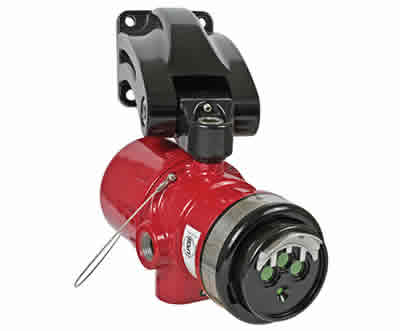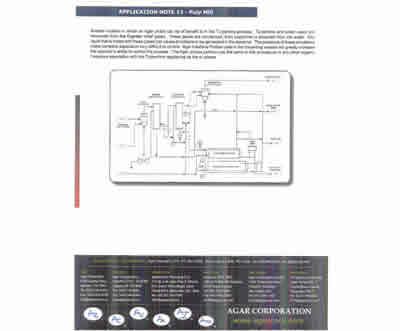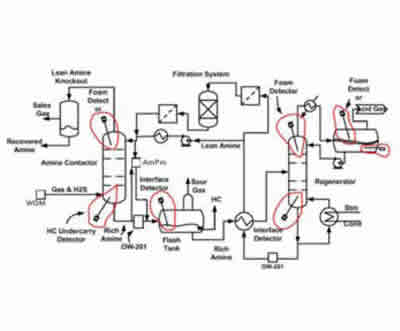
A wastewater treatment company operated an oil/water separation facility on a multi-acre industrial site in Northern California. Its purpose was to recycle oil products for profit while at the same time providing a wastewater treatment service for industries based in Northern California.



